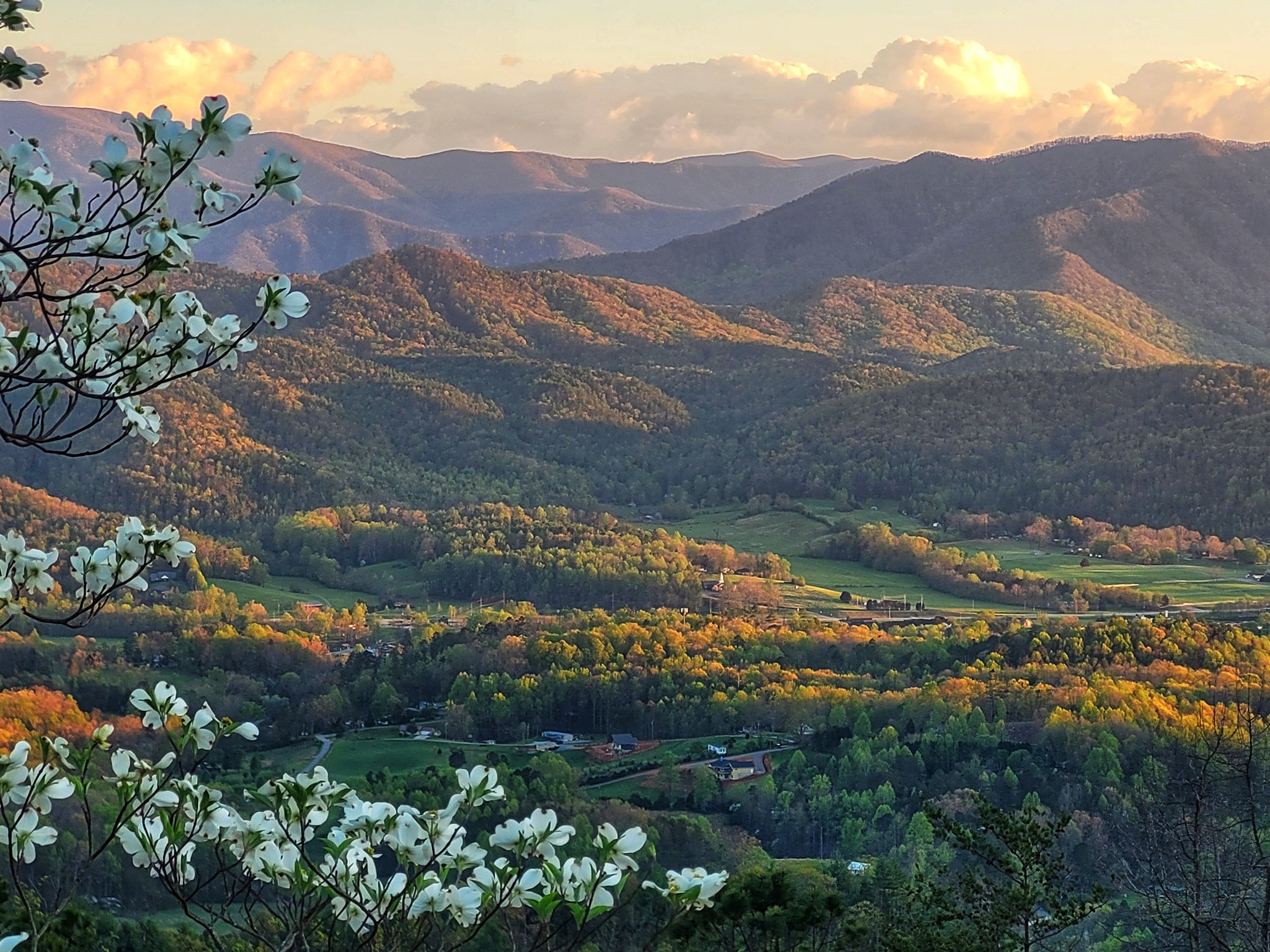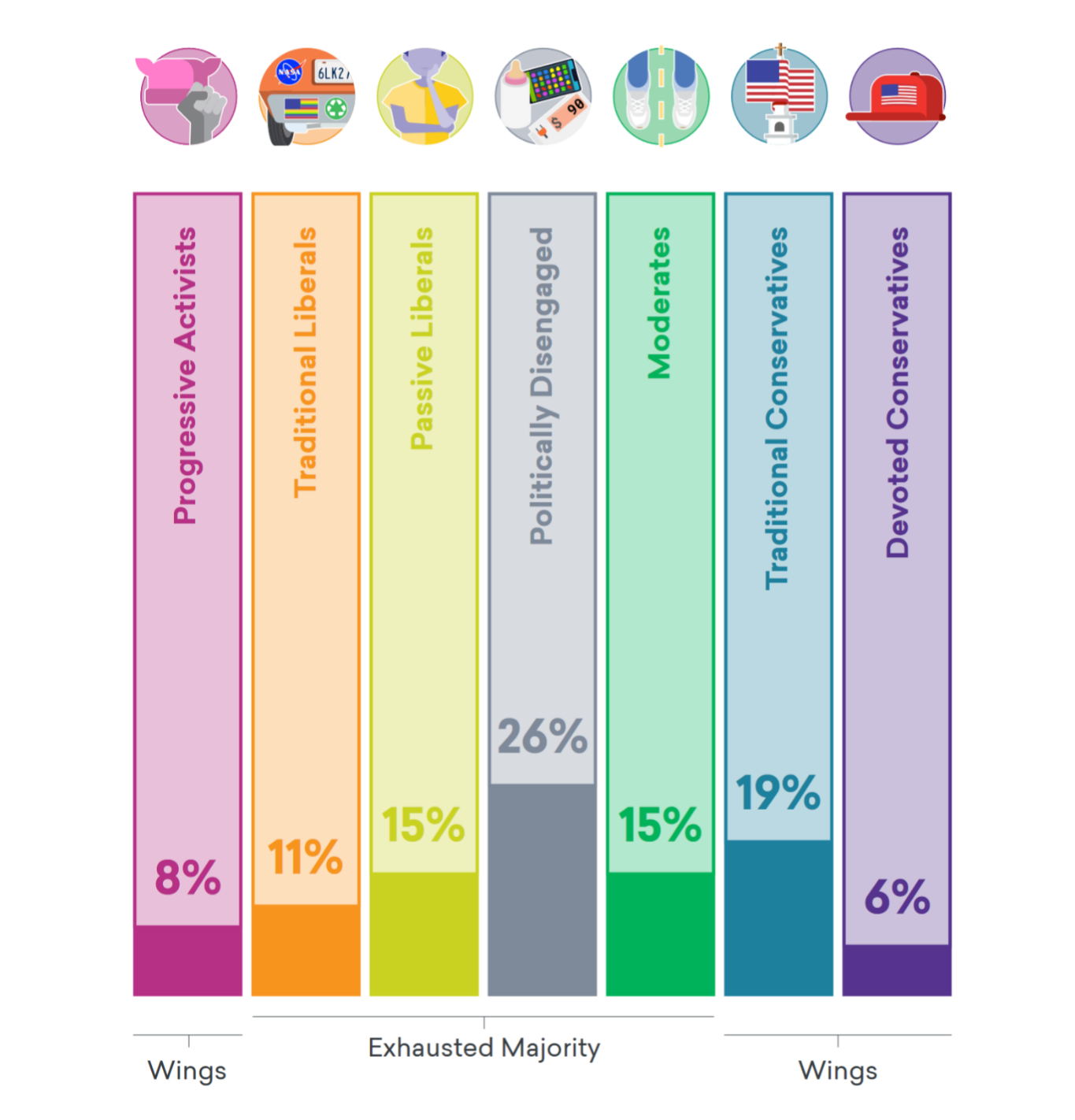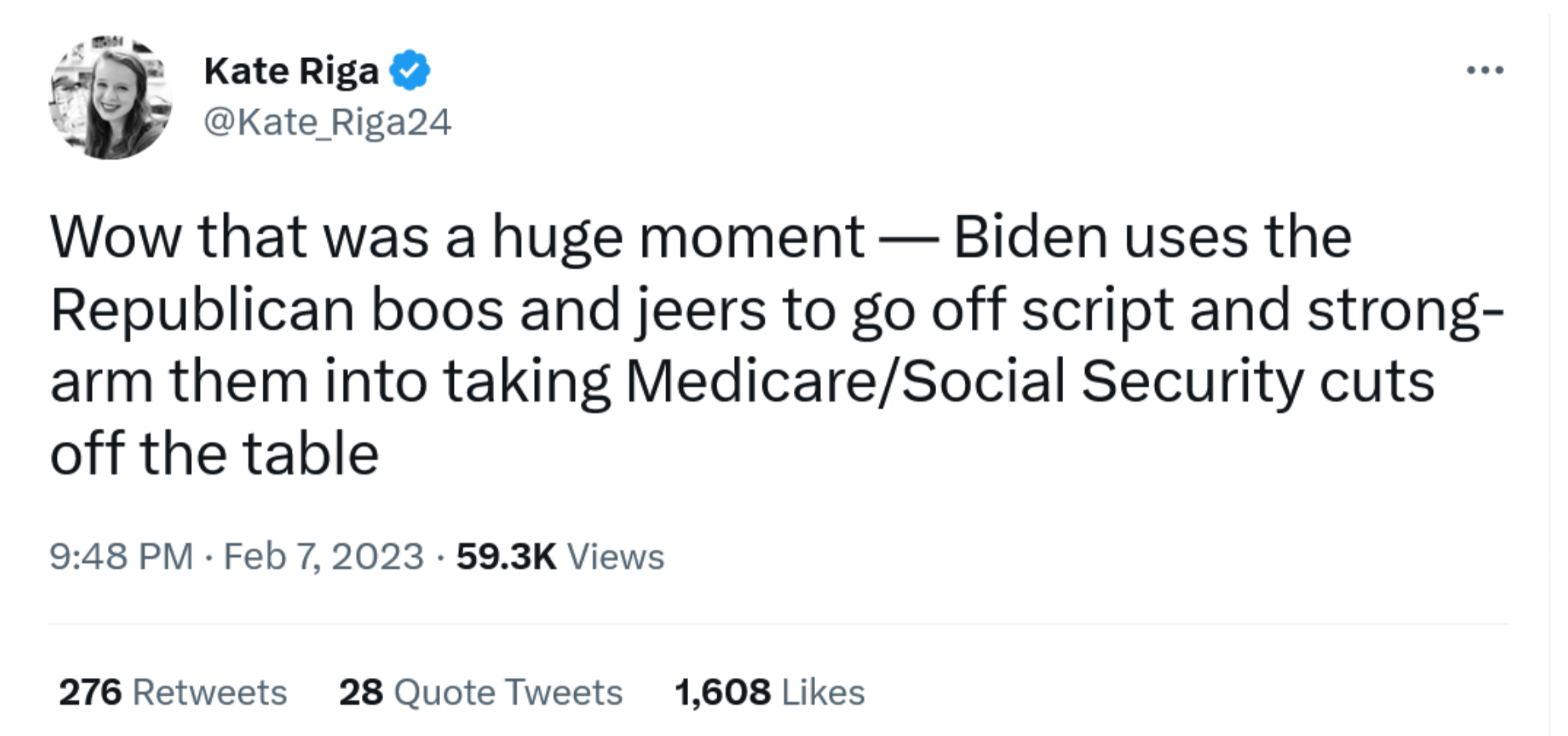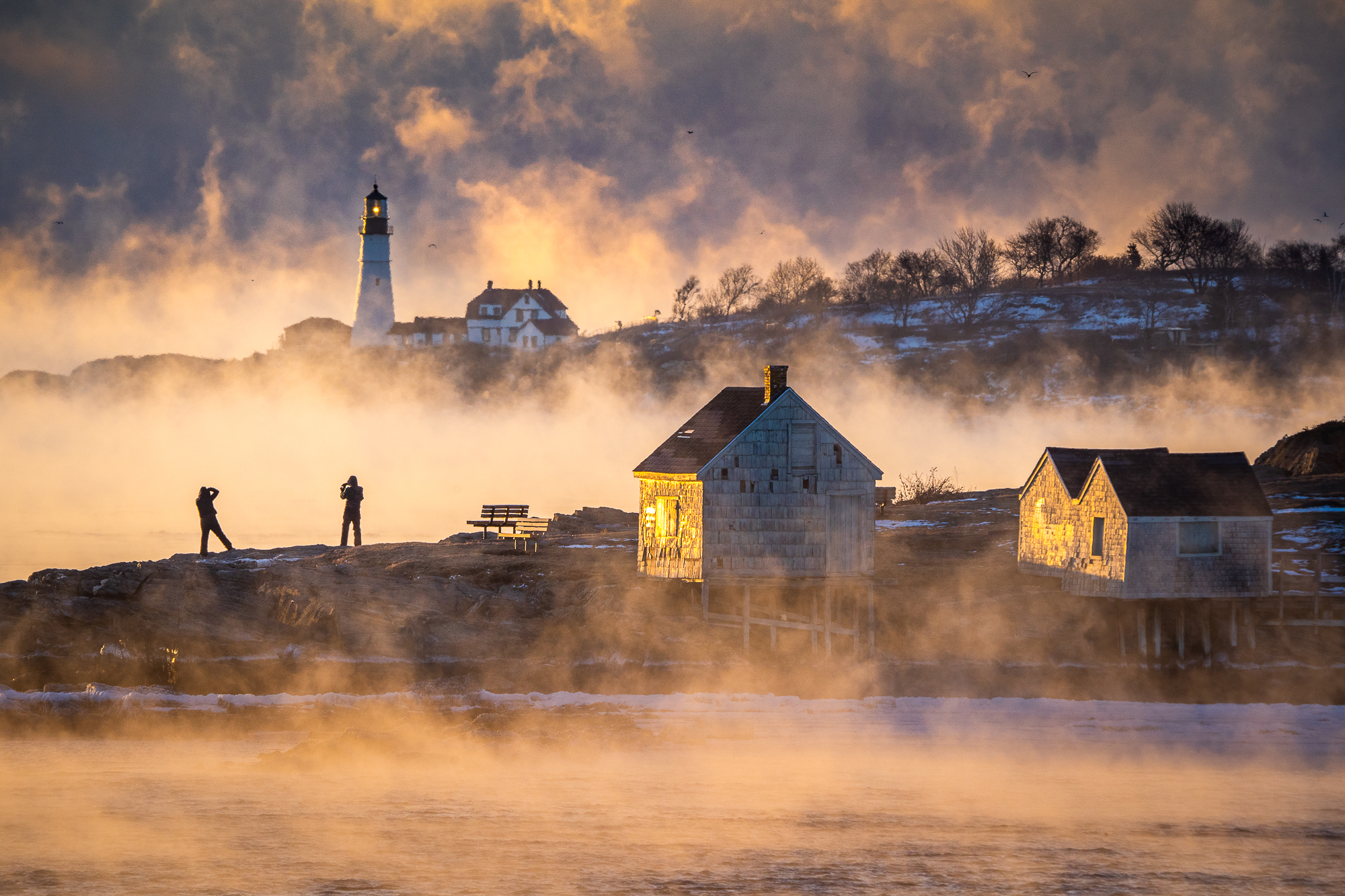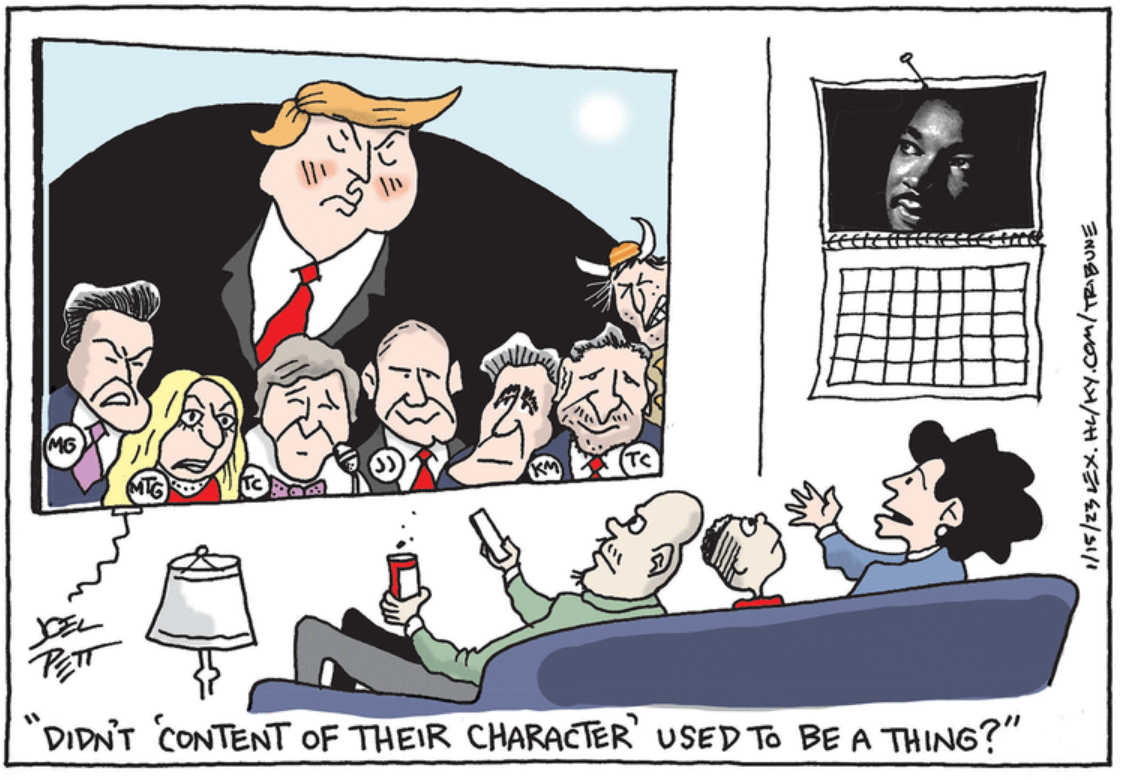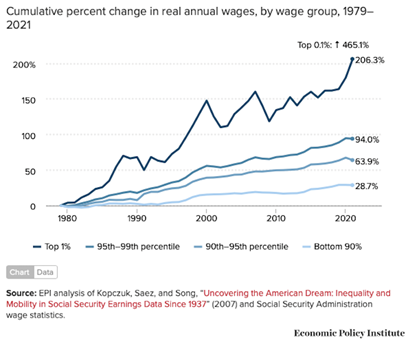The Daily Escape:

Mountain Park in Globe, AZ – April 2023 photo by Karen Coffelt
(Earth Day was yesterday. Wrongo was at the first Earth Day on April 22, 1970 in NYC. Then-mayor John Lindsay closed Fifth Avenue from 59th Street to 14th Street. Nearly one million people marched downtown. It was an upbeat and friendly crowd. In July of 1970, Nixon established the Environmental Protection Agency by executive order.)
Today let’s return to talking politics. Axios had an interesting chart from Gallup on the distribution of voters by party preference:
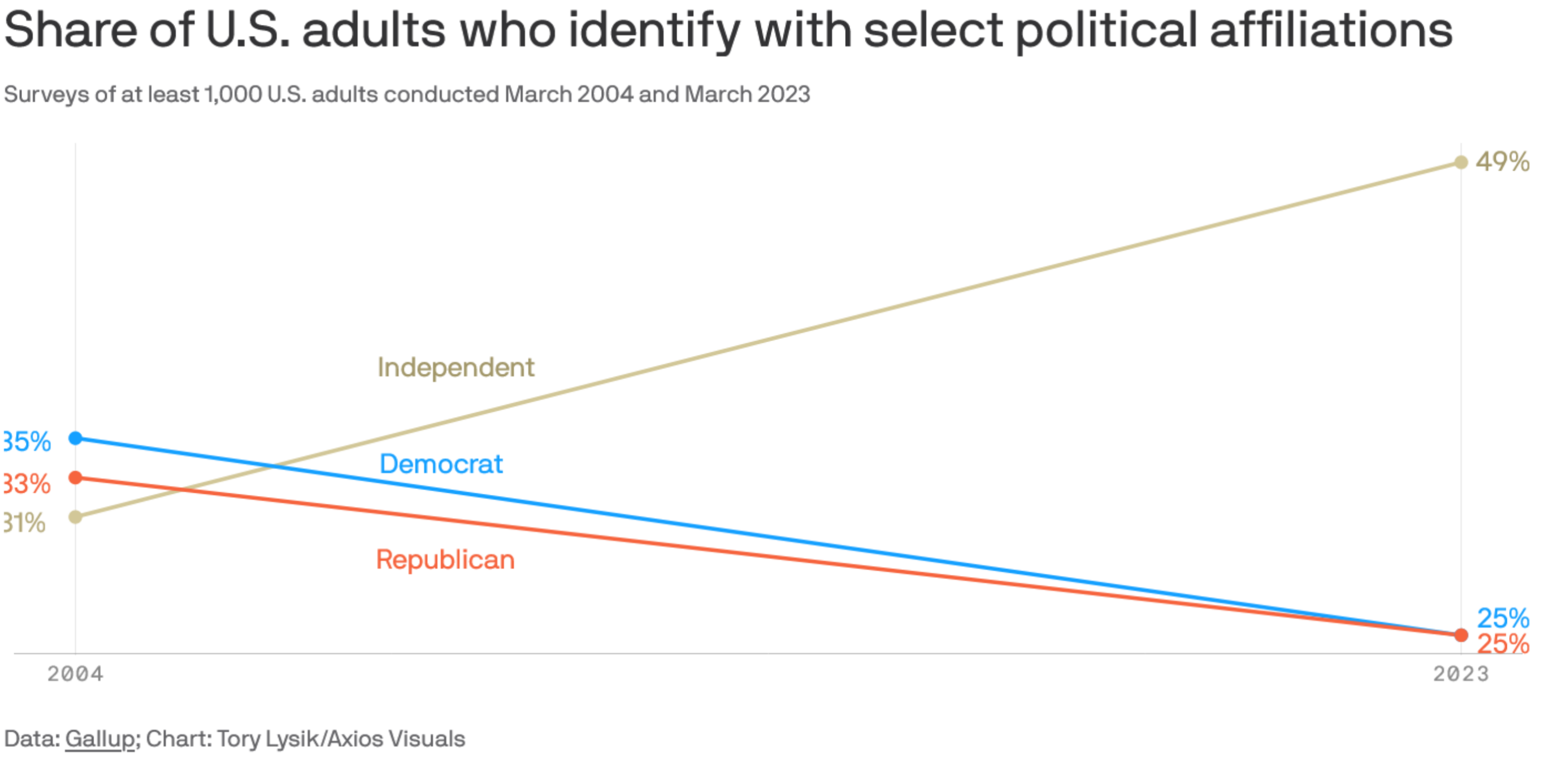
We spend our days listening to politicians who’s Parties, individually, now represent a minority of Americans. This trend means there are serious challenges ahead for our two traditional Parties. It also adds some context to our evenly split politics.
Here’s an analysis of the vote share of independents by Party in recent elections: (the numbers do not total to 100% because voters who chose “another” or didn’t vote aren’t shown)
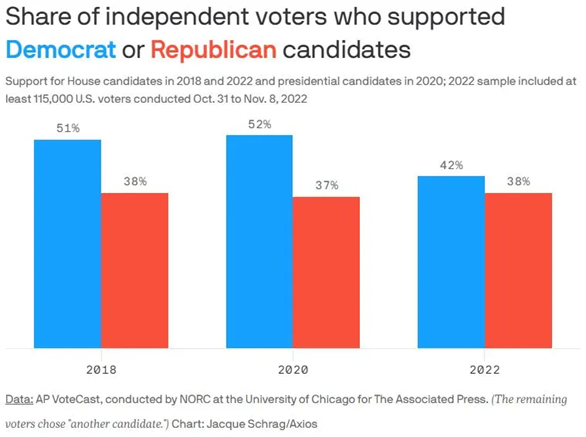
Interestingly, the Democrats have lost 10 points of independent support from 2020 to 2022, but the GOP only gained 1%. At the time, the Associated Press reported:
“Republican House candidates nationwide won the support of 38% of independent voters in last month’s [2022] midterm elections, VoteCast showed. That’s far short of the 51% that Democrats scored with the same group in 2018…picking up 41 seats. The GOP’s lackluster showing among independents helps explain why Republicans flipped just nine seats…”
Going back to the trends in the first chart, Axios reports that Gallup analyst Jeff Jones says a big reason for this change is driven by the younger generation:
“It was never unusual for younger adults to have higher percentages of independents than older adults….What is unusual is that as Gen X and millennials get older, they are staying independent rather than picking a party, as older generations tended to do.”
So who are these independents? Krystal Ball explains in a YouTube video that most of these “independents” are younger voters, millennials and Gen-Z. They’ve also stayed more disillusioned than their elders.
This means that the nation is evenly split between those who think that one of our two political parties is telling the absolute truth, while the 49% majority basically don’t trust either to have their back.
The question with independents is whether they are truly a part of some mythical center or if they are a segment (half) of the population that isn’t politicized, meaning they don’t believe they have a personal stake in elections.
Or are independents simply that half of the US electorate that just doesn’t bother to vote?
The American political system is dysfunctional. That’s making people opt for being independent rather than Democrat or Republican. They see the choice between the Parties as choosing between the red shit sandwich and the blue shit sandwich.
Time to wake up America! Democracy is our country’s feedback mechanism, but just 46.8% of us voted in the 2022 mid-terms. So it’s clear our current brand of democracy isn’t working. More of us need to vote, and that means we have to help our Parties change. We don’t need a third Party; we need our two Parties to reflect what grassroots America needs. More about this tomorrow.
To help you wake up, and in honor of Earth Day, watch and listen to Neil Young perform “After the Gold Rush”, live at the Shoreline Amphitheater in 1993. He’s playing a pump organ, which generates sound as air flows past the vibrating reeds. Also, he’s wearing Uggs:
Sample lyric:
Look at Mother Nature on the run In the twentieth century
Look at Mother Nature on the run In the twentieth century.
She’s still trying to outrun us 50 years later.

